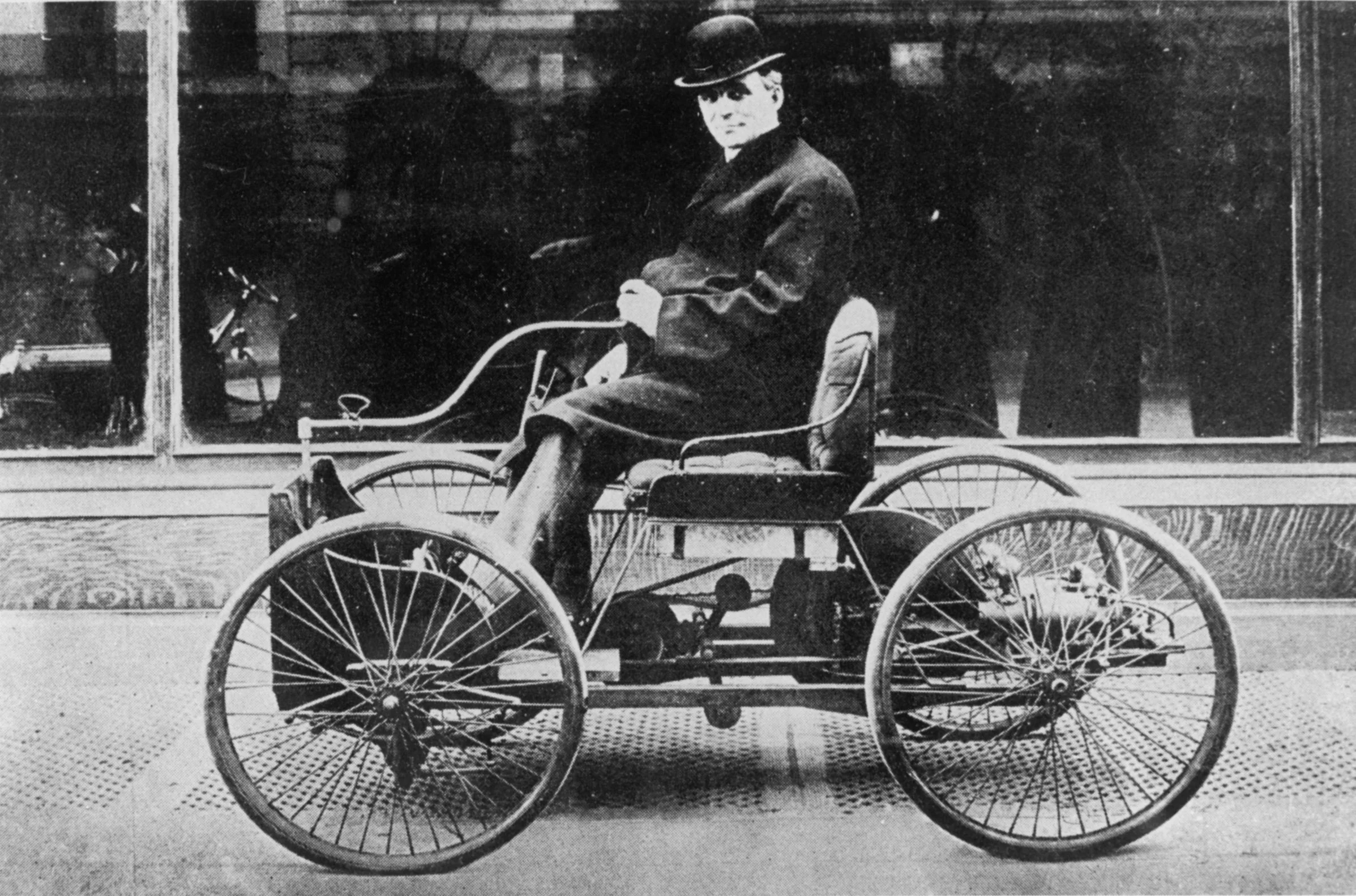From Horsepower to Electric Power: The Journey of Electric Vehicles
Posted
September 5, 2025
The automobile revolution over a century ago transformed the way people lived, worked and traveled. Gas-powered cars reshaped transportation and became a cornerstone of modern life. Today, a similar revolution is underway as electric vehicles (EVs) gain momentum, offering new possibilities and redefining mobility.
The Dawn of Electric Vehicles (1820s–1890s)
The idea of electric vehicles dates back to the early 19th century. In 1828, Ányos Jedlik developed one of the first electric motors, and by the 1830s, engineers in Europe and the U.S. were building crude electric carriages.
The late 19th century was a golden age for early EVs. Their clean, quiet operation made them ideal for cities, and they gained popularity among affluent drivers. Unlike steam- or gas-powered cars, EVs didn’t require hand-cranking or emit unpleasant fumes, making them a preferred choice for urban transportation.
Peak and Decline of Early EVs (1900–1930s)
By 1900, EVs accounted for nearly a third of all vehicles in the U.S. and were known for their smooth, reliable performance. However, the advent of Henry Ford’s assembly line in 1913 changed the landscape. The affordable Model T made gas-powered cars accessible to the masses, while the 1912 invention of the electric starter removed one of the major advantages of EVs. As gasoline infrastructure expanded and oil became cheap and abundant, EVs lost their competitive edge, leading to their decline by the 1930s.
Dormancy and Rediscovery (1940s–1970s)
The mid-20th century was a quiet period for EVs. Gas-powered vehicles dominated as highways expanded and fuel remained inexpensive. However, the 1970s energy crisis marked a turning point. It was primarily triggered by the Organization of Petroleum Exporting Countries (OPEC) imposing an oil embargo on the United States and other Western nations in response to the U.S. supporting Israel in its conflict with various Arab countries, leading to a sharp increase in oil prices and severe shortages due to the restricted supply of oil. Rising oil prices and fuel shortages prompted governments and automakers to revisit more efficient alternatives to gasoline-powered cars. Experimental EVs emerged during this time, but technological limitations prevented them from reaching full commercial production.
Renewal and Progress (1980s–1990s)
In the late 1990s, driven by advancements in battery technology and environmental concerns, EVs finally broke into commercial production.
In 1996, General Motors released the EV1, the first mass-produced electric car. Although it was discontinued, the EV1 paved the way for future developments. Around the same time, the Toyota Prius demonstrated the potential of hybrids, blending gas and electric power for efficiency and convenience.
The EV Revolution (2000s–2010s)
The modern EV revolution gained traction in the 2000s. Tesla’s Roadster, launched in 2008, showcased EVs as sleek, powerful and desirable. This was followed by the Nissan LEAF in 2010, the first affordable mass-market electric car, which brought EVs into the mainstream. Advances in lithium-ion battery technology enabled longer ranges and faster charging, prompting automakers worldwide to heavily invest in EVs. This period marked a seismic shift in the industry, driven by real consumer demand for EVs.
The EV Boom (2020s)
The 2020s have marked a turning point for the U.S. auto industry, with American-made EVs earning global recognition like never before. Brands like Tesla, Rivian and Lucid aren’t just building cars — they’re redefining what modern vehicles can be. Their innovation and advanced technology have brought jobs, boosted the economy and put U.S. automakers back on the world stage. Legacy brands like Ford and General Motors are following suit, investing billions to electrify their fleets and solidify America’s role as a global leader in the future of transportation.
Expanded charging infrastructure has alleviated range concerns, while advancements like solid-state batteries promise faster charging and greater energy density. These innovations are reshaping the EV landscape, making them more practical and accessible than ever.
The Future of EVs: 2030 and Beyond
By 2030, EVs are expected to dominate global new car sales as they continue to evolve transportation with safer, more efficient mobility solutions, while technologies like wireless charging and vehicle-to-grid (V2G) systems could transform energy management.
V2G systems allow EVs to share energy with the power grid, enabling them to store and distribute electricity during peak demand, supporting renewable energy grids and stabilizing energy infrastructure.
Cleaner Air and Sustainability
While the EV revolution isn’t solely about environmental benefits, they remain significant. EVs produce no tailpipe emissions, reducing air pollution and greenhouse gases. Some cities that have adopted EVs are already reporting improved air quality and public health. As renewable energy becomes more prevalent, the carbon footprint of EVs continues to shrink.
Innovations like closed-loop battery recycling systems further enhance sustainability by recovering materials from used batteries and reusing them to create new ones, reducing waste and minimizing mining impacts. Closed loop systems also provide for a secure domestic source of critical minerals. The growing battery park will become a domestic resource.
Driving the Future
From their humble beginnings in the 19th century to their current status as symbols of innovation, EVs have come a long way. Although still in their infancy compared to gas-powered cars, the past few decades have seen steady and remarkable advancements. As the world accelerates toward an electric future, EVs stand as a testament to humanity’s ability to adapt, innovate and build a better tomorrow.


